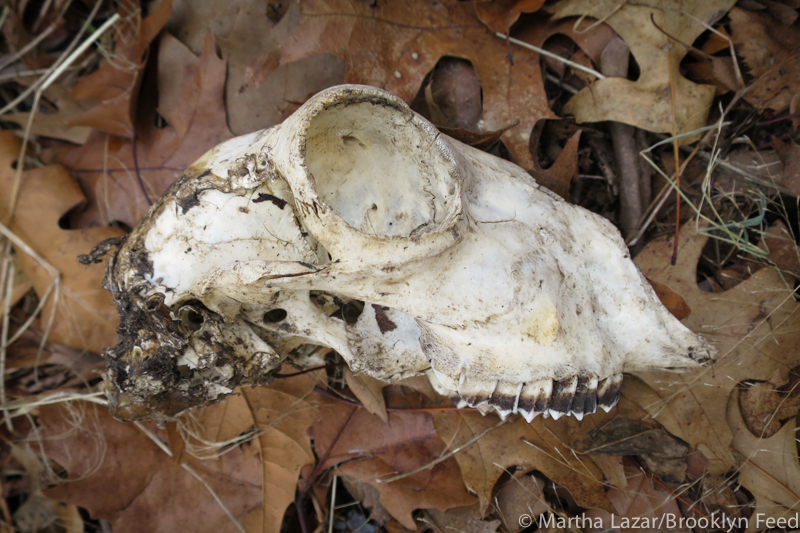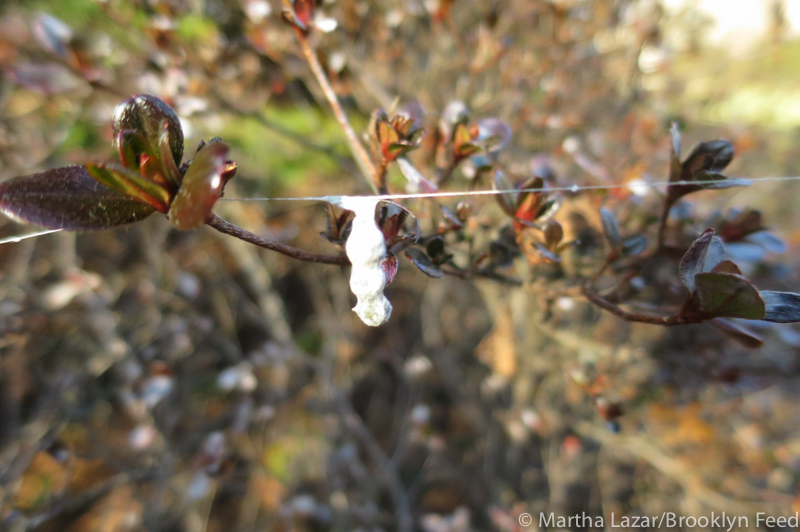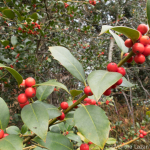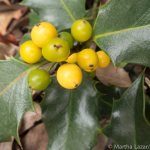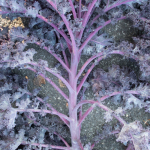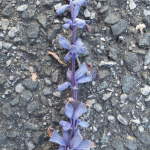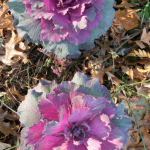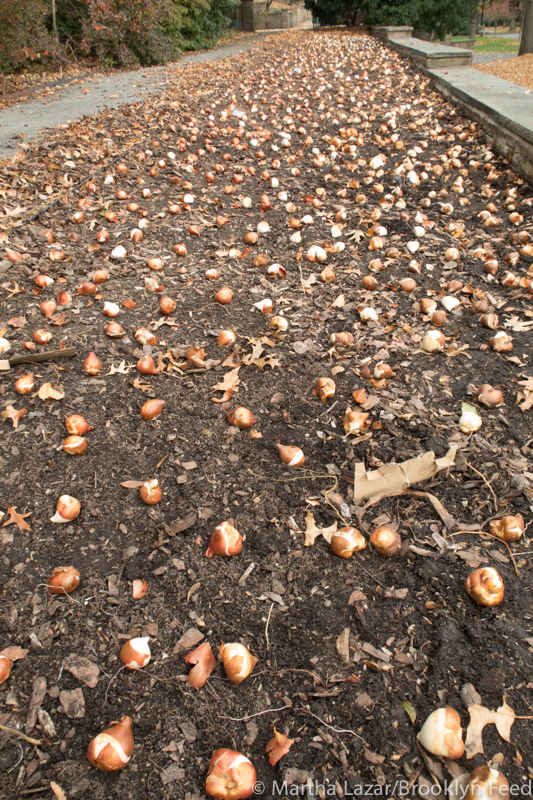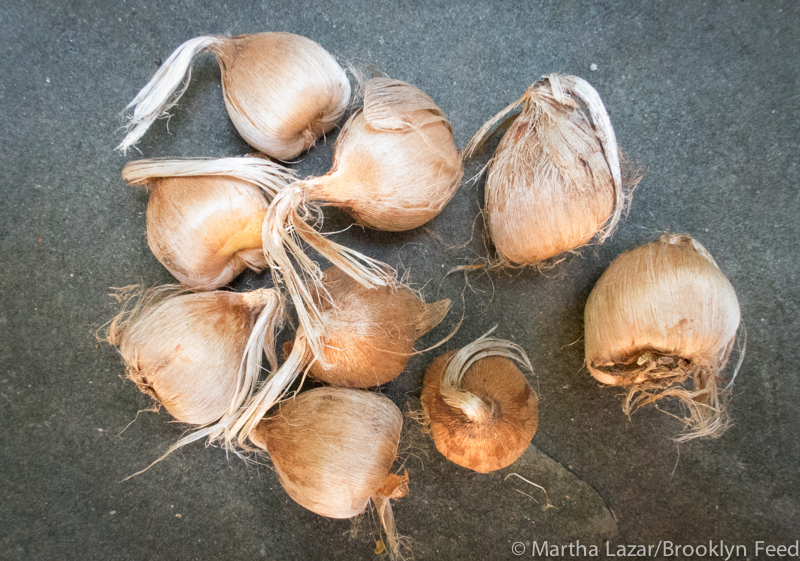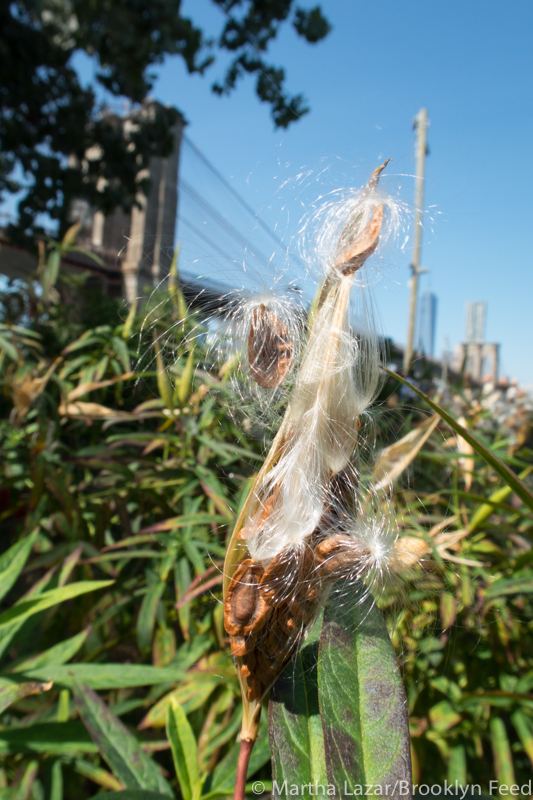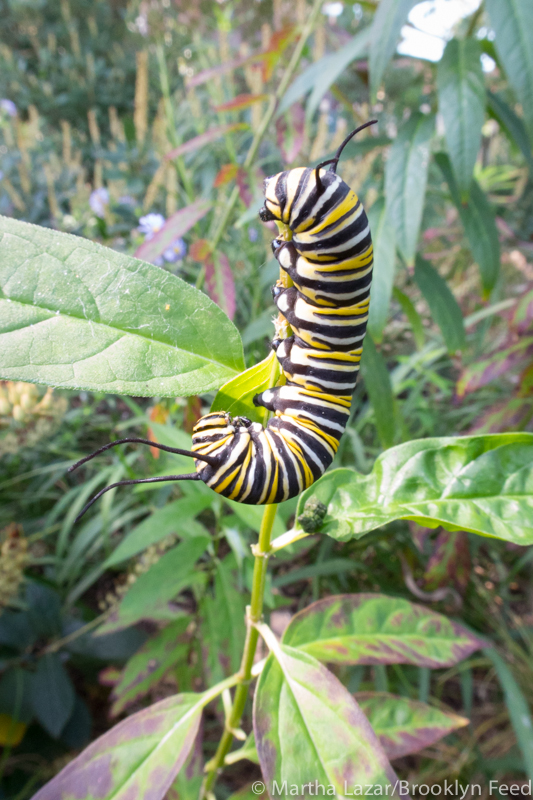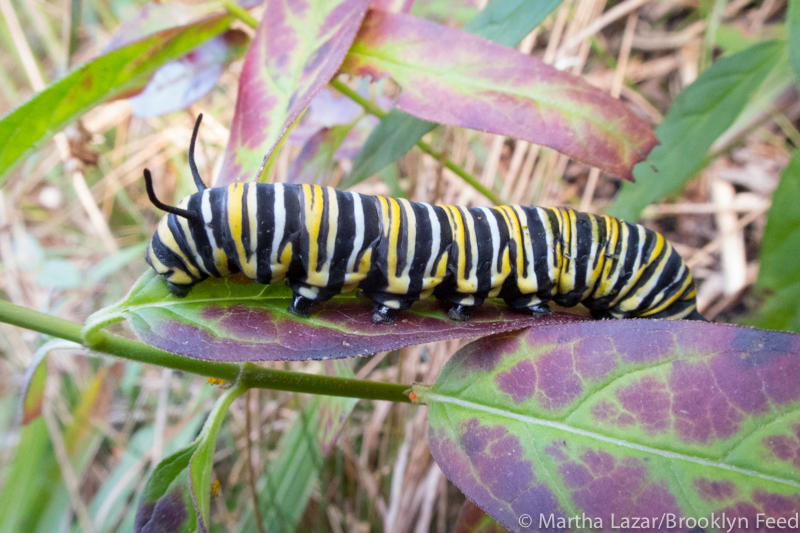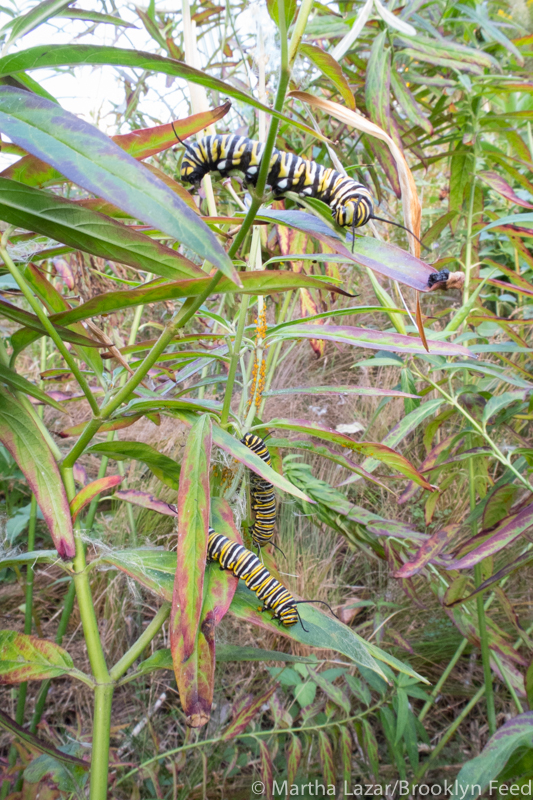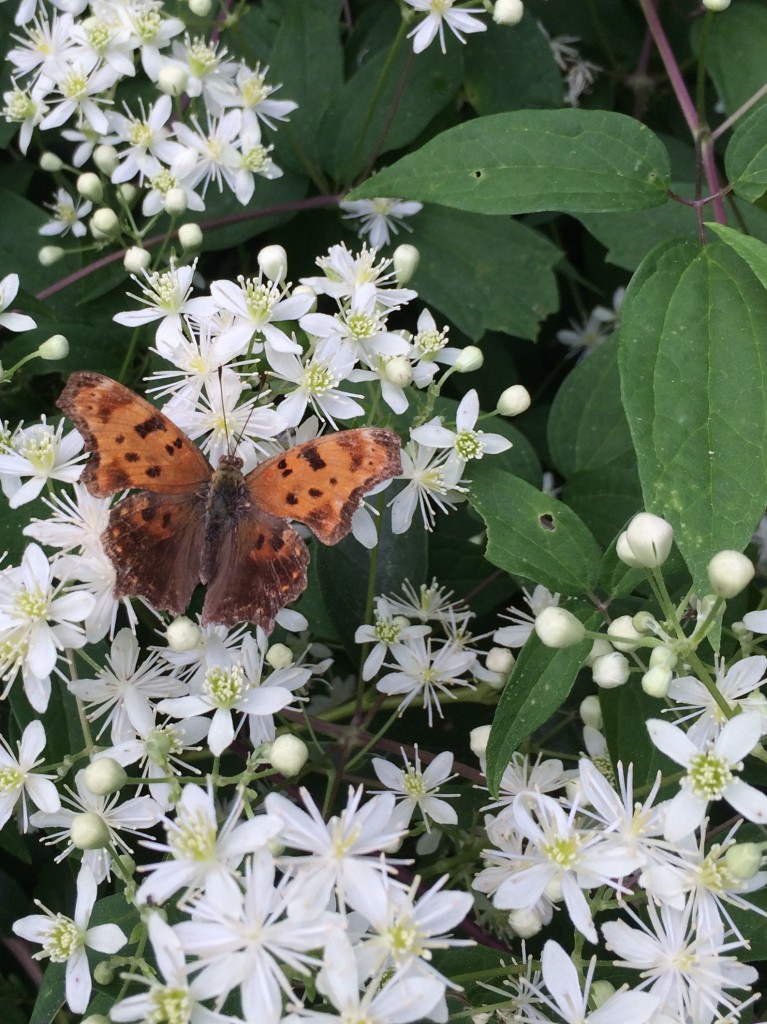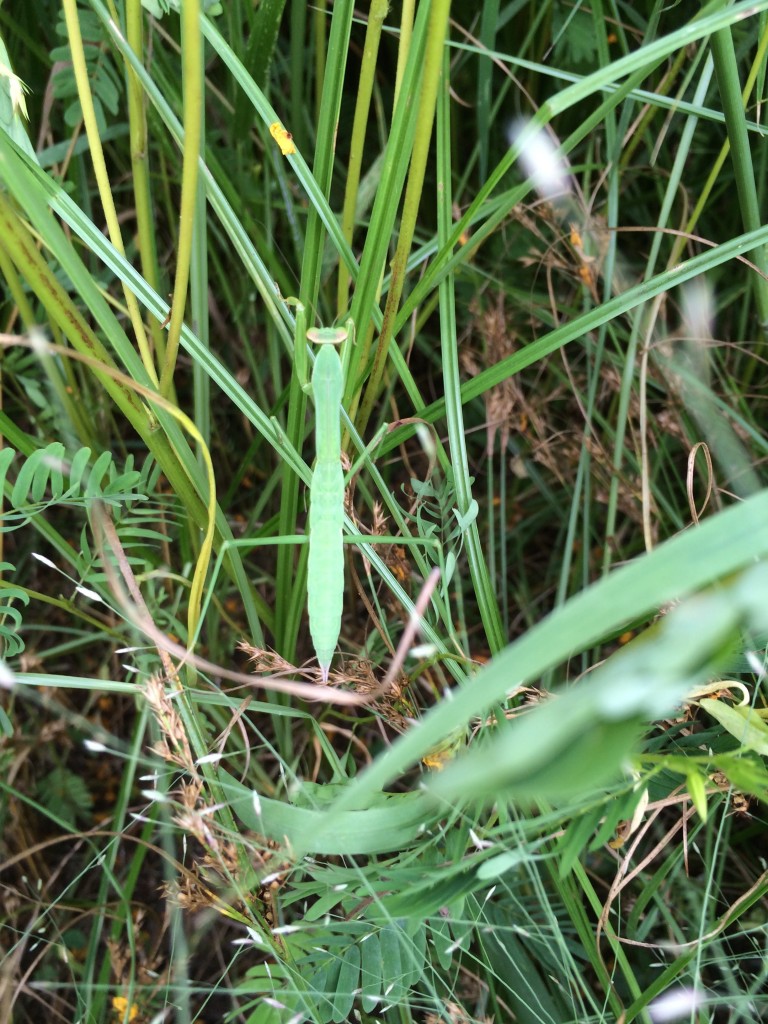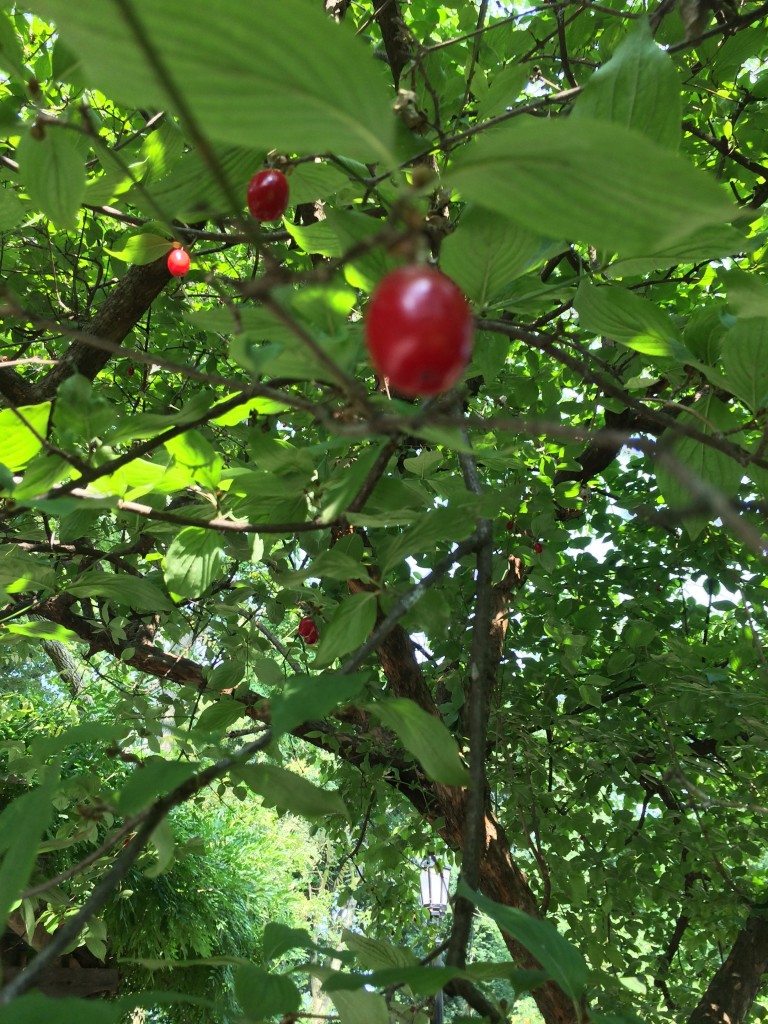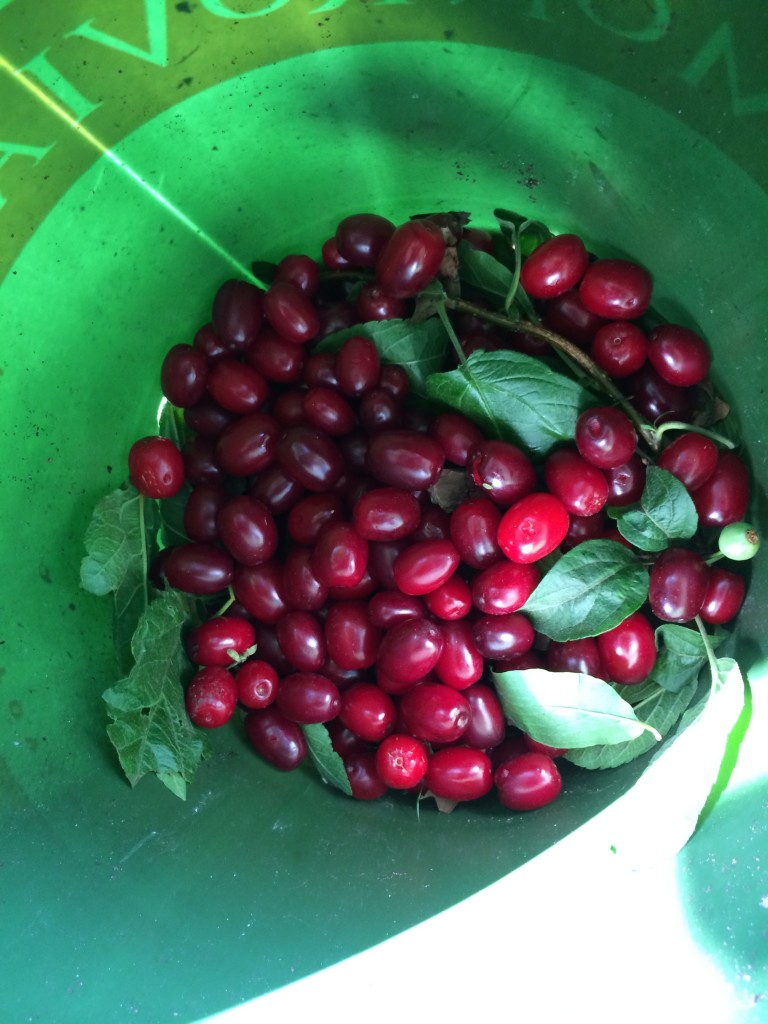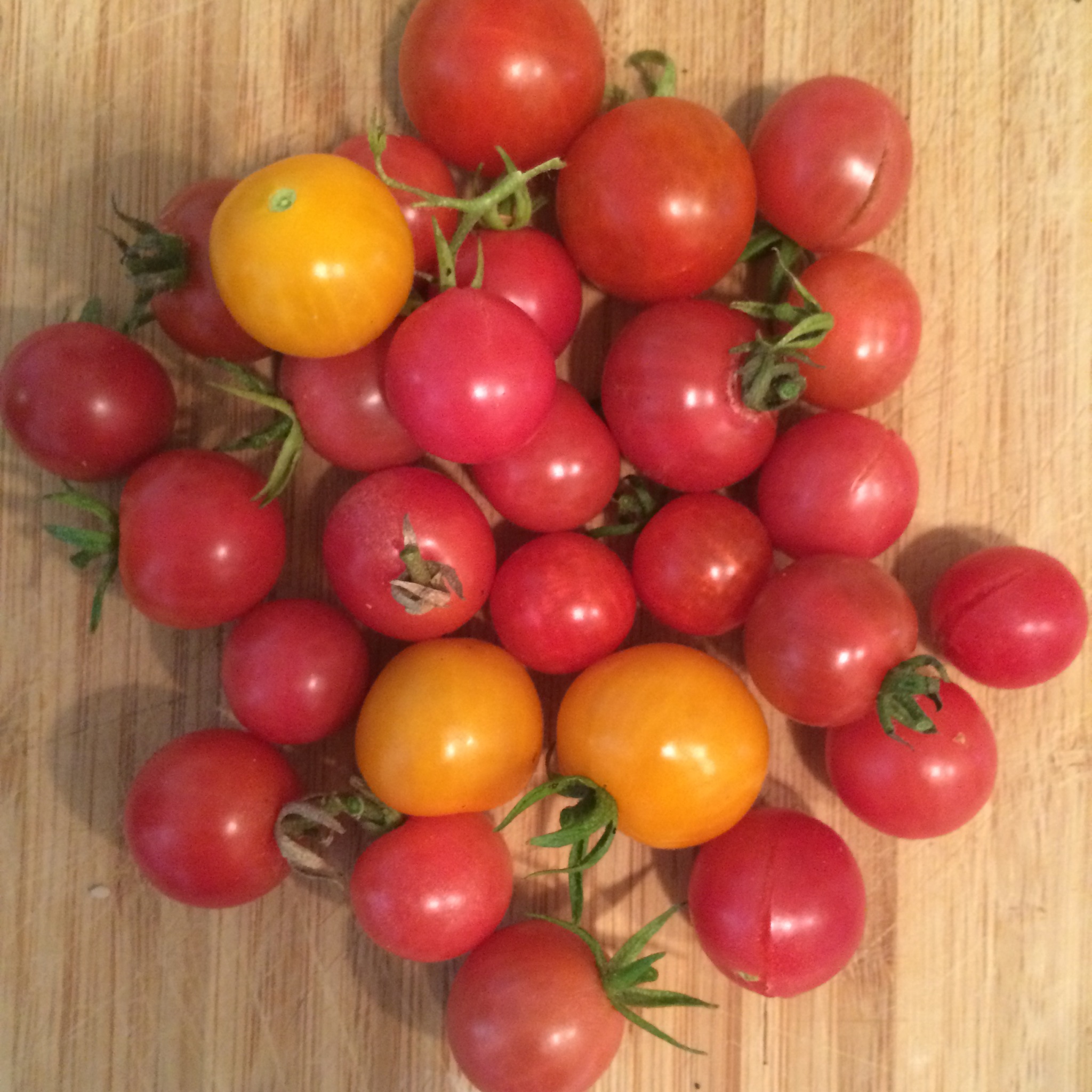 Yesterday I attended a pruning workshop given to gardeners at Brooklyn Bridge Park. It is an exciting place to be a gardener as everything is so young. When trees are young, your pruning is crucial in the shaping (or destroying) of the trees. Mistakes you make now can cause weak limbs, and even the eventual death of a tree. The more acute of an angle the branch is to the tree, the weaker it is. The more branches you prune affects how the tree is able to photosynthesize and feed itself. The way you cut a branch can affect how it heals. It was clear that they take this responsibility very seriously and limit who is allowed to prune trees (no volunteers!). It was also clear that they love the fact that they haven’t inherited old trees with years of possibly bad pruning practices.
Yesterday I attended a pruning workshop given to gardeners at Brooklyn Bridge Park. It is an exciting place to be a gardener as everything is so young. When trees are young, your pruning is crucial in the shaping (or destroying) of the trees. Mistakes you make now can cause weak limbs, and even the eventual death of a tree. The more acute of an angle the branch is to the tree, the weaker it is. The more branches you prune affects how the tree is able to photosynthesize and feed itself. The way you cut a branch can affect how it heals. It was clear that they take this responsibility very seriously and limit who is allowed to prune trees (no volunteers!). It was also clear that they love the fact that they haven’t inherited old trees with years of possibly bad pruning practices.
After the lecture portion, we went outside to look at some trees and assess what issues we saw that should be addressed, or left alone. Many of the trees are still suffering/recovering from Hurricane Sandy. There is also a tremendous amount of large-scale building going on down there, which is shading out some trees. And of course large delivery trucks parking often break branches facing the street.
Another factor that I hadn’t really considered before is the psychology of pruning in a public space. Leaving tree limbs that you would normally prune to block people from entering a bed. Or pruning a branch in a way that makes it uninviting for kids to grab on to and swing on. And of course pruning branches that are about eye-level in pathways.
The photo is the view of the sunset through the classroom window.

